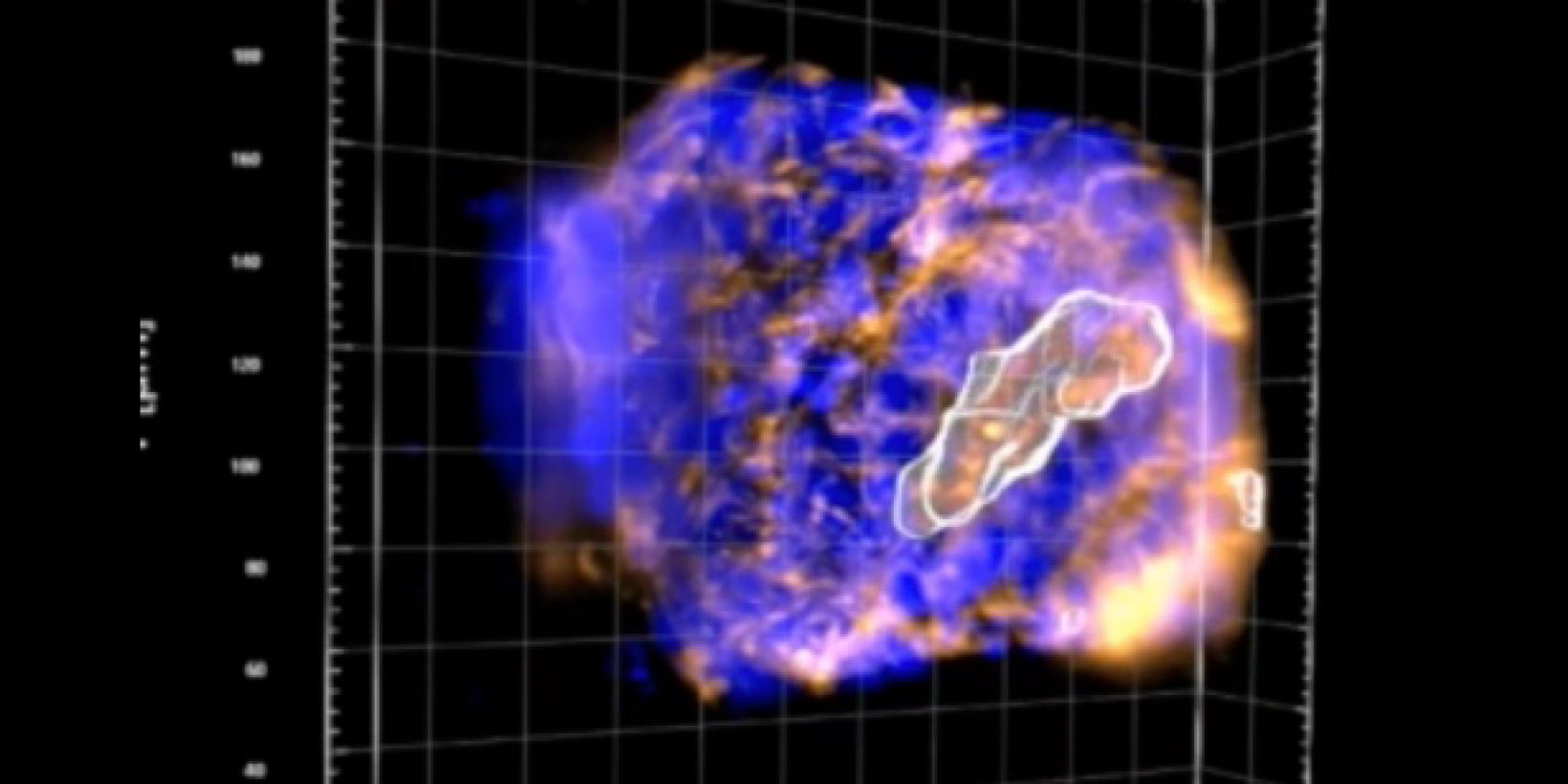Turning organoids into impactful translational models includes being able to culture them and assess those that develop robustly with physiologically relevant architecture. However, quantitative comparisons and statistical analysis at high content, which are mandatory to describe the complexity of such multicellular 3D objects are not possible owing to the lack of high-throughput 3D imaging methods. We have thus engineered a versatile High Content Screening (HCS) device to streamline all the steps of organoid culture to exploit its potential in morphogenesis understanding. Our approach comprises a new generation of versatile scaffolding cell culture multiwell chips with embedded optical components (= lighting JeWells) that enables rapid 3D imaging.
The device is fully compatible with classical imaging techniques such as brightfield, widefield, light sheet or confocal microscopy. The defined positioning of organoids allows correlations between all these different techniques without any loss of organoids. The high surface density of JeWells meets HCS standards: we can generate more than hundred organoids in a surface equivalent to a single well of a 384 wellplate. Our platform allows one to follow the morphogenesis of live organoids by non-toxic fluorescent live imaging based on light sheet microscopy over weeks (validated on hESC, hIPSC and primary cells). Moreover, the large number of 3D images can be used to train convolutional neural networks to precisely detect and quantify subcellular and multicellular features, such as mitotic and apoptotic events, multicellular structures (rosettes), and classify whole organoid morphologies. The combination of high-resolution 3D microscopy techniques with HCS and machine learning approaches allow us to quantitatively describe the morphogenesis of hundred living organoids correlated with phenotypic characterization to decipher mechanisms involved in human developmental biology, tissue pathology, and to enrich drug discovery pipelines.

